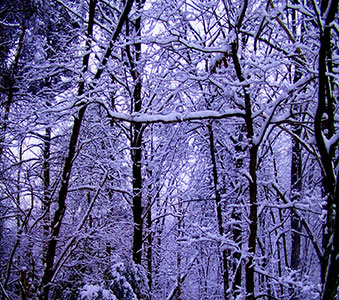 Frequently Asked Questions
Frequently Asked Questions
- What kind of tree should I plant?
Your decision to plant a tree should start with an objective: do I want a flowering tree, do I need shade for my home or business, a living screen from adjacent properties? Then determine which trees will meet your objective and thrive in the planting site conditions. Visit the site selector planting tool or consult with a local arborist or nursery.
- Where should I plant my tree?
Always know what your tree will look like when it is mature. How tall and wide will it grow? Is enough space available for the tree when it grows up. Will it be too close to my house or driveway? Will it grow over onto my neighbor’s property? Will it grow into a power line? Remember: Look up, down and all around to check the planting site.
- When is the best time to plant?
Typically it is best to plant trees in the spring of the year before the leaves and flowers come out on the plant. Planting of larger trees, sold in pots or burlap, can occur in the fall as well.
- Should I fertilize my newly planted tree?
Fertilizing is not necessary if you are planting in an area with good top soil and is generally not recommended in the first year of growth. If a soil analysis has shown that essential elements are missing, then use slow release fertilizer so that the tree can use the elements as they grow larger. Do not over fertilize trees as that can severely damage them.
- Should I mulch my new tree?
Yes! Mulch retains moisture, reduces weed competition, protect the plant from mowers and decays to add nutrients to the soil. Add 2”-4” depth of shredded hardwood bark mulch out to the edge of the leaves. Do not place against the stem of the tree.
- Should I prune my newly planted tree?
It is generally recommended that only dead, broken, or damaged branches be removed at the time of planting. After the tree’s roots have become established (1-2 years), then pruning can be done to select a central trunk or leader, remove branches that are rubbing against each other, and to remove weaker branches to promote good a strong branching pattern in the tree. Continue to remove dead or diseased branches as they appear.
- How much do I water my new tree?
Tree roots need water and oxygen to grow. You can overwater a tree. Too much water can displace the oxygen in the soil and may cause root dieback. If less than 1” of rain is received in a week go ahead and water your tree.
- Who should I get to prune my tree?
The State of Maryland requires that any person providing tree care (including pruning and removal) on trees greater than 20 feet tall must have a Tree Expert License. Always check to see if the person you are hiring has this license. The MD Forest Service website has a searchable list of Licensed Tree Service companies.
- Can I trim trees near electric lines?
You should NEVER trim a tree in or near an electric line. Contact the local utility company to trim the tree.
- Do I need permission to plant and care for a tree?
If the tree is to be planted within a public road right-of-way, you will need a permit from the Department of Natural Resources Forest Service. Check with your local government as some cities and counties have special requirements regarding locating and selecting the right species of trees.
- Are there trees that are deer resistent?
Deer are persistent when they have found a food source that is appealing to them. Many commercial repellents and structural obstacles (i.e. 8’ high fences) can be bought to help protect your landscaping from deer, but things such as repellents only work to a point, as long as you can re-apply them periodically. Like many animals, deer can sense when a plant is poisonous and will generally avoid eating such a plant. They also will go out of their way to avoid spicy foods and plants that give off foul odors. Trees and shrubs that deer rarely eat include: